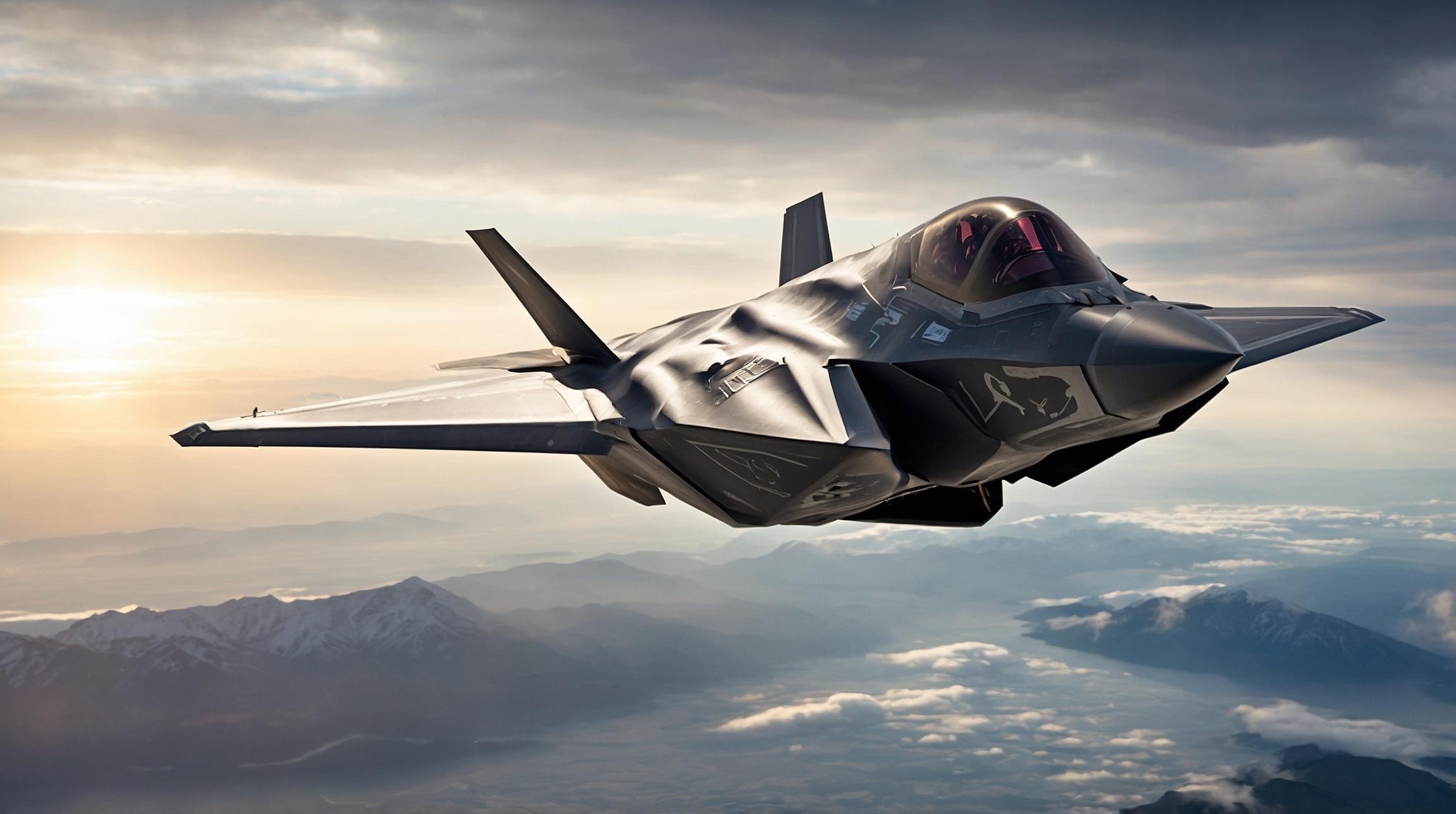Resumption of F-35 Deliveries with Conditional Payments
The U.S. military has resumed receiving F-35 jets, but with a strategic financial holdback. The U.S. government is retaining the final $5 million per jet payment until the TR-3 technology upgrade is fully implemented. This decision ensures that each jet meets the enhanced combat capabilities expected as part of the agreement with Lockheed Martin.
Cost Implications of the F-35 Variants
The F-35 jets come in different variants, each with a unique cost structure. The F-35A, the standard model, costs an average of $82.5 million. The F-35B, designed for short takeoffs and landings, is priced at around $109 million, while the F-35C variant, equipped for aircraft carriers, has an average cost of $102.1 million. These prices reflect the advanced features and capabilities each variant offers to the military.
Understanding the TR-3 Technology Refresh
The TR-3 upgrade represents a crucial advancement in the F-35's operational capabilities. It includes improvements in software and hardware, providing the aircraft with enhanced displays, increased computer memory, and superior processing power. These enhancements are essential for maintaining the jet's edge in modern combat scenarios.
Agreement Terms with Lockheed Martin
Lockheed Martin, the manufacturer of the F-35, has agreed to the terms set by the Pentagon. The joint decision entails delivering aircraft with "robust combat training" capabilities, though not yet the full combat potential promised by the TR-3 upgrade. The held-back funds will only be disbursed once the full combat capabilities are verified and delivered.
Investments in Future Capabilities
To address delays and ensure future success, Lockheed Martin and its partners are investing in development labs and digital infrastructure. These investments are aimed at enhancing the F-35's capabilities and ensuring the aircraft meets the evolving needs of the military. This proactive approach is critical for maintaining the operational superiority of the F-35 in global defense.
Importance of Financial Strategy in Defense Procurement
Withholding payments in defense contracts like those for the F-35 is a common strategy to ensure contractual obligations are met. This financial maneuver allows the government to leverage its purchasing power to guarantee that all specified upgrades and capabilities are delivered as agreed.
By understanding these nuances, one can appreciate the complexity and importance of such financial strategies in large-scale defense procurement projects. Keeping a close eye on these developments is essential for stakeholders interested in defense, technology advancements, and government financial strategies.













